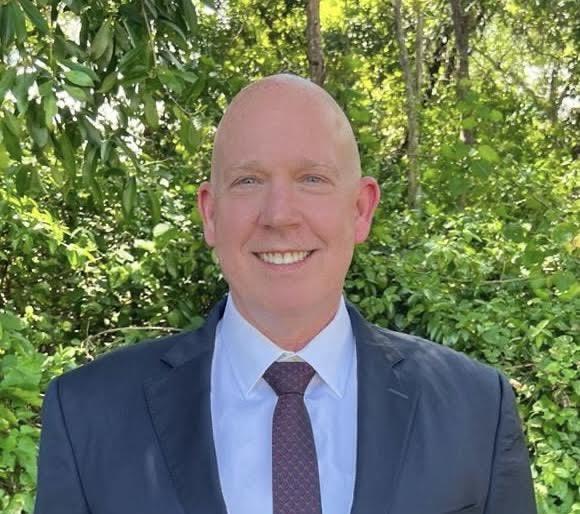
Despite the impact of COVID-19 on the aftermarket, Miami-based FEAM has been expanding its activities, both in the U.S. and internationally. It recently announced plans for a new hangar in Cincinnati and added 12 new line stations to its European network. James Kimball, FEAM’s newly appointed vice president of technical operations, tells Aviation Week about how he sees the aftermarket as recovery from the pandemic continues.
How has the pandemic changed the U.S. and global MRO industry?
We have seen an increasingly challenging staffing market. This is especially true of the U.S. market, where carriers compete hard for the same aircraft maintenance technicians. The rapid return to business as usual and market expansion, especially by passenger carriers, has exacerbated this staffing challenge and created instability in a volatile labor market. As carriers seek growth, MROs experience disadvantages in acquiring or retaining technicians not only due to availability, but to wage pressures. In certain locations, organizations offer substantial pay incentives and seek students in Part 147 schools ahead of the curve to preserve pipelines. It will take some time for the industry to acquire and train talent needed for growth of both carriers and MROs. Our business will continue to see very competitive behaviors in hiring AMTs as well as other disciplines. I can’t remember a better time for an aviation maintenance technician to find employment, enjoy very competitive compensation and have so many locations to choose.
How much has the pandemic slowed technical innovation in aircraft maintenance?
The pandemic actually spurred technical innovation in aircraft maintenance. The simplest examples might be technology such as Microsoft Teams or Zoom to facilitate remote meetings. As the pandemic drove remote work, particularly among administrative and management personnel, it was imperative to effectively communicate with team members. Remote video meetings were quickly adopted. While not always as effective as face-to-face meetings, they are viable substitutes when needed.
Also, as the pandemic exacerbated technician shortages, emerging technologies offer ways to mitigate staffing issues. Examples are drones for inspecting aircraft or remote technology such as Microsoft HoloLens that allows remote experts to be virtually at aircraft, guiding maintenance efforts. The pandemic forced organizations to find technical solutions that will carry on post-pandemic.
How long do you think the current supply chain stresses will last?
Without speaking of supply chain shortfalls, which have been driven by raw material availability and costs along with transportation issues, I believe MRO customers need to ensure that the available capacity of their MRO is at the same level as its quality and pricing to keep their maintenance programs healthy and their fleets from unnecessary downtime.
How is FEAM dealing with staff shortages?
FEAM is casting a wide net in terms of recruitment and retention. We’ve recently added a talent acquisition team, separate from our human resources team, whose sole focus is recruitment. This is a high-energy group led by an industry veteran that is helping us find the talent we need. We also work with various outside recruiting agencies to help fill these positions. We are engaged with local airframe and powerplant (A&P) schools throughout our network, as well as local high schools where we try to influence tomorrow’s aircraft mechanics. We are teaming with another company in a joint venture to open our own A&P school.
As far as compensation, FEAM recently made drastic cuts in the costs employees pay for benefits, as well as increasing programs such as vacation and 401K matching. We continue to keep an eye on wages and make every effort to stay competitive in the MRO segment.
How do you view blockchain and other distributed ledgers for the aviation aftermarket?
There are emerging use-case scenarios where blockchain will be beneficial, particularly in the area of part inventory and tracking. The challenges will be adopting a common blockchain that becomes the industry standard.





